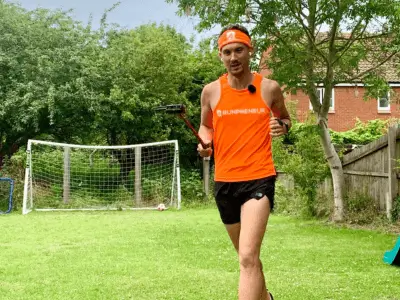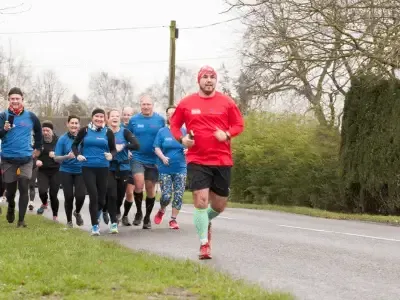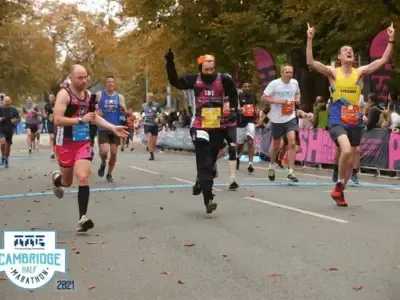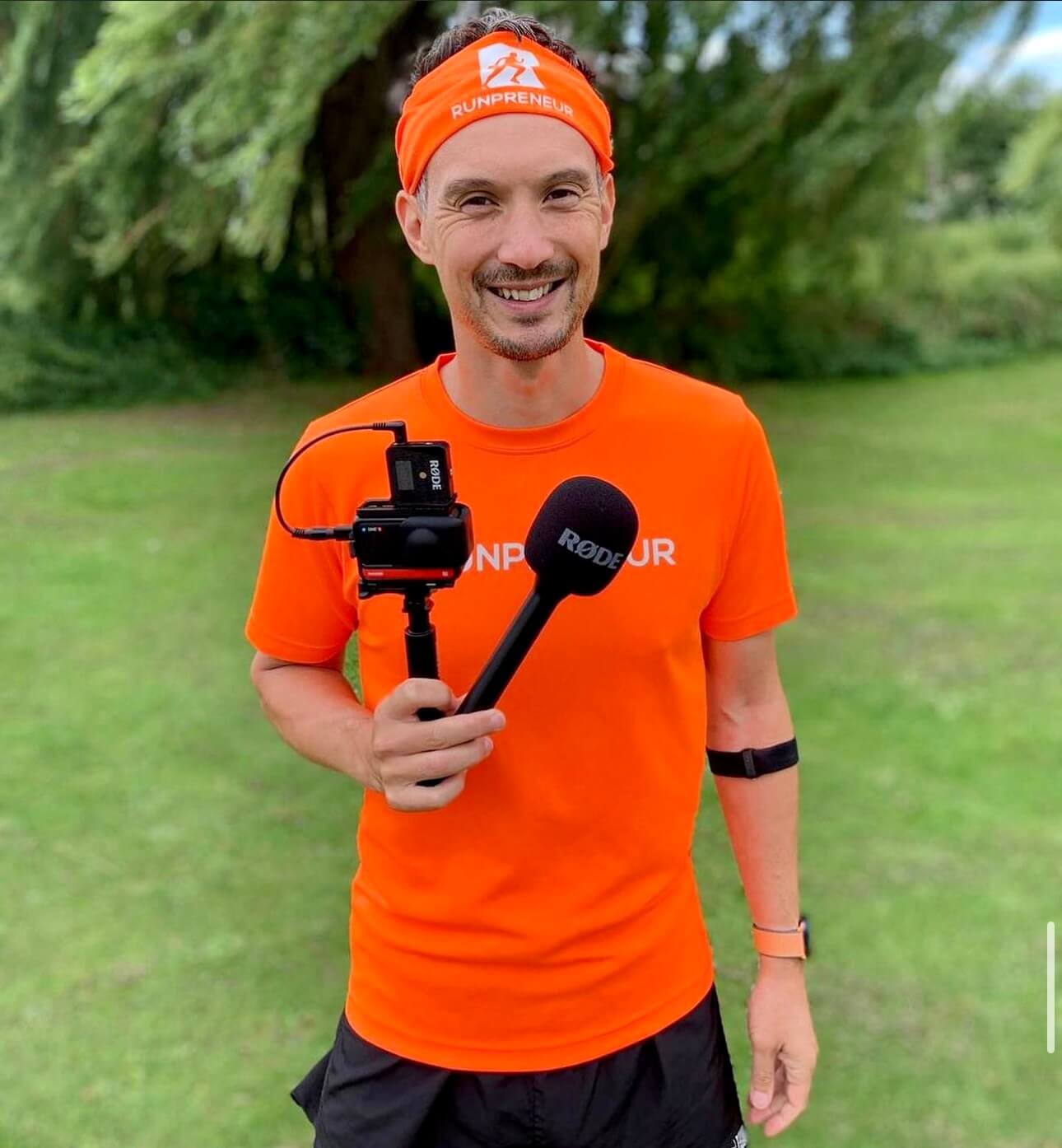Runpreneur Journey Blog
Embark on an extraordinary journey with the Runpreneur community. Discover inspiring stories, insider tips, and the transformative power of our global challenge. From first-time runners to seasoned athletes, our blog captures the essence of the Runpreneur movement, inspiring others to join the cause.

The Dreaded Return of Plantar Fasciitis: My Journey and Thoughts
The Dreaded Return of Plantar Fasciitis:
My Journey and Thoughts
So, the dreaded plantar fasciitis has returned, and it's brought a mix of thoughts, emotions, and plans. If you've been following my journey of attempting the ultimate ultramarathon—running and vlogging on consecutive days over a distance equating to a lap around the world barefoot style—you know that challenges are par for the course. As I approach Day 1549, the timing of this recurrence feels particularly challenging with the Loch Ness Marathon looming.
What is Plantar Fasciitis?
For those unfamiliar with plantar fasciitis, it's an all-too-common injury for runners. The term breaks down to "plantar" (referring to the sole of the foot), "fascia" (the connective tissue in the foot), and "itis" (meaning inflammation). The base of the foot becomes inflamed, causing pain that makes every step an ordeal. Luckily, it's not a condition that causes long-term damage, but dealing with the inflammation itself is tough. Typically, you would take anti-inflammatory medication and rest, but resting the sole of your foot is nearly impossible since we constantly use our feet.
The Last Bout
Recollecting my last encounter with this condition, it took me about five months to recover, which is a fairly typical duration for this injury. I'm particularly down about its return now because the Loch Ness Marathon, which is only four weeks away, was my chance to aim for a sub 3-hour 15-minute marathon. Managing this condition again makes that target seem like a distant dream. If I could still achieve a personal best—anything below 3 hours, 24 minutes, and 48 seconds—it would be a massive accomplishment, but even that feels like a stretch now.
Running Through the Pain
Interestingly, I managed to run through this condition last time, which is quite rare. I attribute this to my barefoot running footwear because it encourages a forefoot strike rather than a heel strike. Most of the pain I experience is in my heel, making those first few steps in the morning immensely painful. Yet, when I run, the pain lessens once I warm up. This is because I put less pressure on my heel due to the barefoot running style.
New Strategies
To manage the condition this time, I'm relying on a few techniques that have helped me before and a new tool: the Calf Pro. This stretching device locks the foot into place, ensuring a proper and sustained stretch of the calf, Achilles tendon, and the sole of the foot. By using it daily, I hope to expedite my recovery.
Coping with Injuries: Adjust and Move Forward
Injuries are part and parcel of any sport, especially running. The key is not to jump to emotional conclusions, but to step back and reassess. Adjusting goals and expectations is sometimes necessary. While plantar fasciitis is a nightmare for any runner, I've found that being a barefoot style runner makes it somewhat more manageable.
Every time I mention plantar fasciitis to seasoned runners, I get looks of dread and empathy because anyone who has experienced it knows how debilitating it can be. However, not all is lost—adjusting goals slightly can often make way for new achievements.
In conclusion, injuries are inevitable in this journey, but they don't have to be showstoppers. With the right strategies and mindset, I plan to keep pushing forward to continue my mission of saving children's lives by running the ultimate ultramarathon. If you believe in this mission, please do subscribe, share, like, and comment. The more people we can reach, the more lives we can save.
Stay positive. Stay happy. I'll cheque in again tomorrow.
Kevin Brittain

Kevin's 40,075km Challenge: Raising £1 Million for Children
Meet Kevin, a dedicated Runpreneur who embarked on an extraordinary journey to raise £1 million for children in need. Over the course of his 40,075km challenge, Kevin's unwavering determination and passion inspired thousands to join the Runpreneur movement.

Runpreneur Vlogging: Capturing Kevin's Journey
Experience the Runpreneur challenge through the lens of Kevin's video diary. Witness his ups and downs, the camaraderie of the community, and the transformative power of running for a cause. Dive into the visual stories that capture the essence of the Runpreneur movement.

Empowering Children, One Step at a Time
As Kevin logged every kilometre of his 40,075km challenge, the true purpose behind his journey came into focus. Each step, each bead of sweat, fuelled essential healthcare, education, and nutrition programs for children in need around the world.

The Transformative 4x4x48 Challenge
Experience the thrill and personal growth of our iconic 48-hour running event. Witness the determination and resilience of Runpreneurs as they push their limits, one mile at a time.

Runpreneur Vlogging: Capturing the Journey
Dive into the visual stories of our Runpreneurs as they document their experiences through engaging video logs. Witness the challenges, triumphs, and moments of camaraderie that define the Runpreneur spirit.













